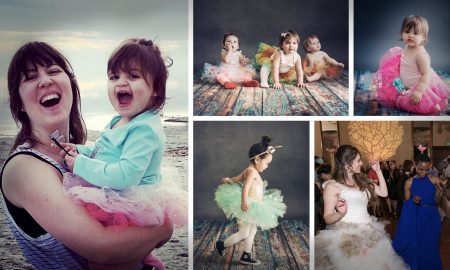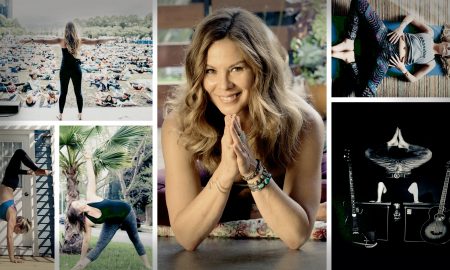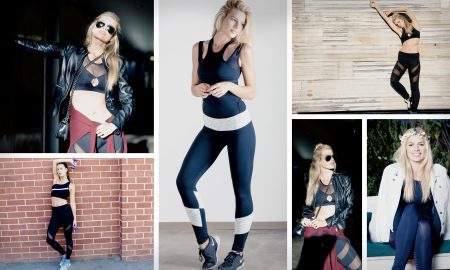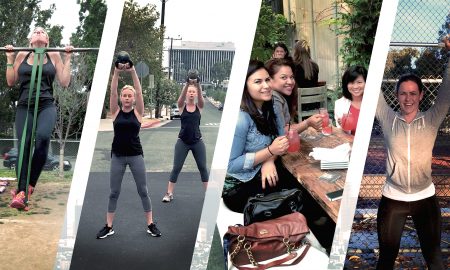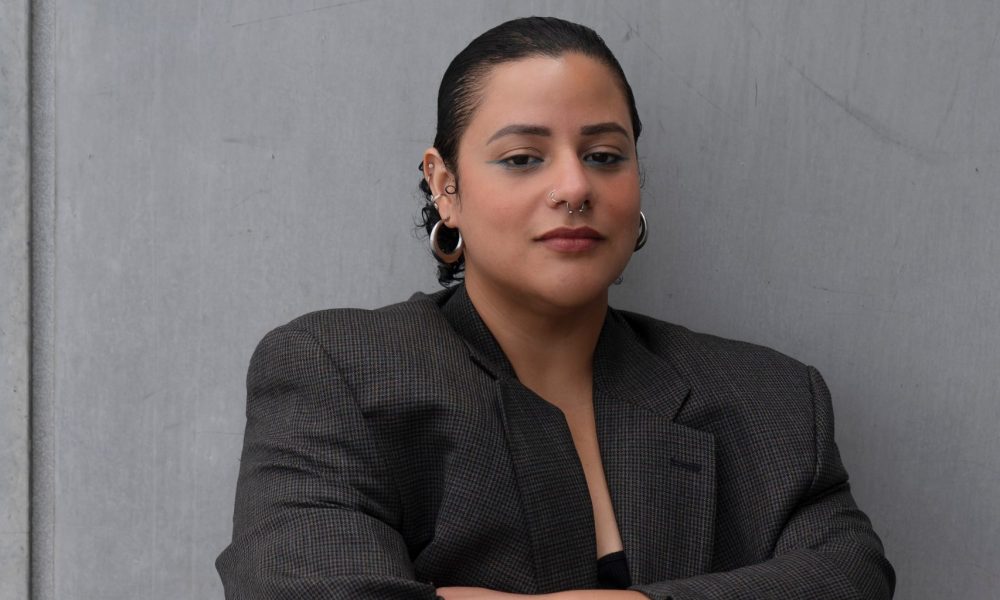

Today we’d like to introduce you to Sari Navarro.
Hi Sari, it’s an honor to have you on the platform. Thanks for taking the time to share your story with us – to start, maybe you can share some of your backstory with our readers.
I was born in Los Angeles to Honduran immigrant parents and was raised along Silver Lake and Echo Park. My father worked in radio broadcasts and was a radio personality for La Raza 97.9 FM and a music programmer, host and station manager for the former radio station La Sabrosa 93.5 FM, which was the first radio station in the city of Los Angeles that was dedicated to playing cumbia, punta, merengue, soca, and salsa music genres. My father is also an avid filmgoer who took me to movie theaters and video rental stores every weekend growing up – I truly attribute my great love of film and music to him.
When I started college, I thought I wanted to be a journalist; I had no idea film programming could be a career option until I started working within the film festival circuit. I began as a volunteer for AFI Fest and then got hired on to work for multiple film festivals in the following years, where I wore hats within ticketing, industry relations, educational programs, and, eventually, film programming. The festivals I worked for in those years, to name a few, include the LA Film Festival, Outfest, LALIFF, Sundance, Tribeca, and a personal favorite, the TCM Film Festival.
Would you say it’s been a smooth road, and if not, what are some of the biggest challenges you’ve faced along the way?
I wouldn’t say the road was entirely smooth. As most of the jobs within organizations that produce film festivals are seasonal, the road was quite bumpy for a long time, actually. I was always stressing about my next gigs to make ends meet. Eventually, a few years later, my responsibilities began to grow, and the seasonal contracts grew with it, which made things a little easier. The other major challenge then is self-care; there are a lot of late-night working hours and hard work that goes into making film festivals seamless and efficient for guests, unfortunately, at the detriment of self-care and health of employees. I remember in 2021, there was an Instagram account @feststafferstories that displayed anonymous stories from other film festival staffers speaking to their experiences working for these orgs, many which felt similar to my own experiences. I bring this up here as I feel the exploitative nature of working these events is something not often spoken about and important to address. More recently, just last week workers for the Cannes Film Festival organized a protest on opening night for better compensation.
On a personal note, what working in these environments has taught me is learning to establish work boundaries and learning to take better care of my health.
Alright, so let’s switch gears a bit and talk business. What should we know about your work?
I work for the Academy Museum of Motion Pictures in the Film Programs department. On my day to day, I typically work on admin tasks and ideation in relation to guest talent for our film programs. As a film programmer, I contemplate on future film programs, and occasionally, I create massive playlists for the Academy Museum lobbies inspired by our film programs and exhibitions. They take a lot of time and energy, but I truly love curating themed playlists for the museum when I’m able to. (I’m attaching the playlist link to this article!)
Most recently, I programmed my first limited film series titled The Sewing Circle: Sapphic Icons of Early Hollywood, which highlights figures long considered icons by women who love women. For the series title, I adopted the coded term “sewing circle” initiated by early silent film producer and actor Alla Nazimova (who identified as bisexual) – Nazimova used the discreet term as a euphemism for her weekly sapphic gatherings for women in the film industry at her mansion The Garden of Alla. The term was reportedly later used by bisexual actor Marlene Dietrich for her own sapphic gatherings. The series is meant to look at what many refer to as the Golden Age of Hollywood through a queer lens, one that isn’t widely known about. I first heard of old Hollywood sewing circle lore sometime around my last year of high school, and it has been an interest that has stayed with me since. Of course, the basis of sewing circle lore is, for the most part, speculation and word of mouth, so with this series, I aimed to highlight these icons who resonated with lesbian and bisexual women in the early 20th century. In addition to Nazimova and Dietrich, the women highlighted as part of the series include Dorothy Arzner, Joan Crawford, Katharine Hepburn, Zoe Akins, Billie Holiday, Josephine Baker, Greta Garbo, Patsy Kelly, Anna May Wong, Nina Mae McKinney and Louise Brooks.
I was really proud of putting together this series. A program that has stayed with me in particular is the opening screening of Alla Nazimova’s Salomé (1922) with a live score by Sarah Davachi, a composer and performer of electroacoustic and minimalist music. The music paired so perfectly with the visuals of the experimental film. The room felt so electric! I remember I spoke with a guest afterward who mentioned that they don’t typically set out to see silent films, but after this experience it made them rethink about how they can take in these films. This comment in turn has inspired me to continue to think, what are fresh ways of sharing older films to newer audiences?
Another success that I was proud of for this series was the fact that we were able to get new 35mm prints struck for some Patsy Kelly films, most notably Pigskin Parade, which features Judy Garland’s first film role. When looking to program this film, I couldn’t find any available materials to screen it. The last known available print of the film had long been retired. My colleague Taylor Morales, Senior Manager of Public Access at the Academy Film Archive (and who programmed the Patsy Kelly day) brought this up internally with our preservation team who was then able to source a 35mm negative from Disney for the new print. Judy Garland is a major cinematic figure, and she plays a notable supporting role in this film, I thought it was kind of wild that there were no available materials to screen it. Thanks to the Academy Film Archive there is now a brand-new print future film exhibitors can count on should they want to program this title!
Lastly, the three shorts I was particularly excited to program were Symphony in Black: A Rhapsody of Negro Life (1935), Home Movie: Boating with Dorothy Arzner and Billie Burke (Ca. 1934) and Meeting Two Queens (1991). Symphony in Black features a 19-year-old Billie Holiday in her screen debut, having only previously released a few singles, Holiday was a relative newcomer at the time of production. Holiday speaks about working on this film in her autobiography, so it’s interesting to see knowing the history but also getting to see a glimpse of the singer’s early career. The Home Movie with Dorothy Arzner and Billie Burke was quite special, before then I don’t believe I had ever seen any video footage of filmmaker Dorothy Arzner, let alone from that time. Arzner was a trailblazer as the only woman directing films in the studio system during the male-dominated period of the Golden Age of Hollywood and she was also a masculine-presenting lesbian, it was kind of surreal to see! Meeting Two Queens is an experimental short by filmmaker Cecilia Barriga, who cuts and re-edits scenes from studio pictures featuring Greta Garbo and Marlene Dietrich. A precursor to modern-day fan cams commonly found on social media platforms, Barriga reimagines Garbo and Dietrich cast as lovers in a fictional film. The film essentially drives home my thesis for this series, centering on sapphic icons. There has always been a queer feeling about Garbo and Dietrich that for decades has resonated with lesbian and bisexual audiences.
What do you like best about our city? What do you like least?
What I love about our city is that you can choose your own adventure! There is so much to love, and there is always something happening around that can inspire people. We have a lot of rich history! I personally love going to community events, checking out historical buildings, taking the time to be out in nature on hikes, and spending time on the beach. Every time I’m out there, I remind myself of the beauty around us.
What I like least about our city, like most people, is the traffic – I could really do without it! And somewhat related – superficial opinions about the city from non-locals. Los Angeles is made up of a wide range of people with various rich experiences that are unfortunately overshadowed by industry takes, and that’s just not it. Our city is multifaceted, and it is magnificent!
Speaking of Los Angeles, we’ve recently announced our summer lineup which I’m quite thrilled about and looking forward to! Throughout the season we are spotlighting this beautiful city we call home in our series Summer in the City: Los Angeles, Block by Block and in our ongoing Family Matinee series, by celebrating dozens of neighborhoods around the city through a diverse array of films that highlight the “real” people in the City of Angels. Early on in the series, we begin with Thom Andersen’s glorious essay film LOS ANGELES PLAYS ITSELF which thoughtfully observes the depiction of the city through film, it really helps set up the rest of the series. In a lot of ways, this is our Film Programs team love letter to the city.
Contact Info:
- Website: https://www.academymuseum.org/
- Instagram: https://www.instagram.com/
sarisioux/ - Other: Spotify Playlists: https://open.spotify.com/user/
1219994806?si=fb63333b081946ee
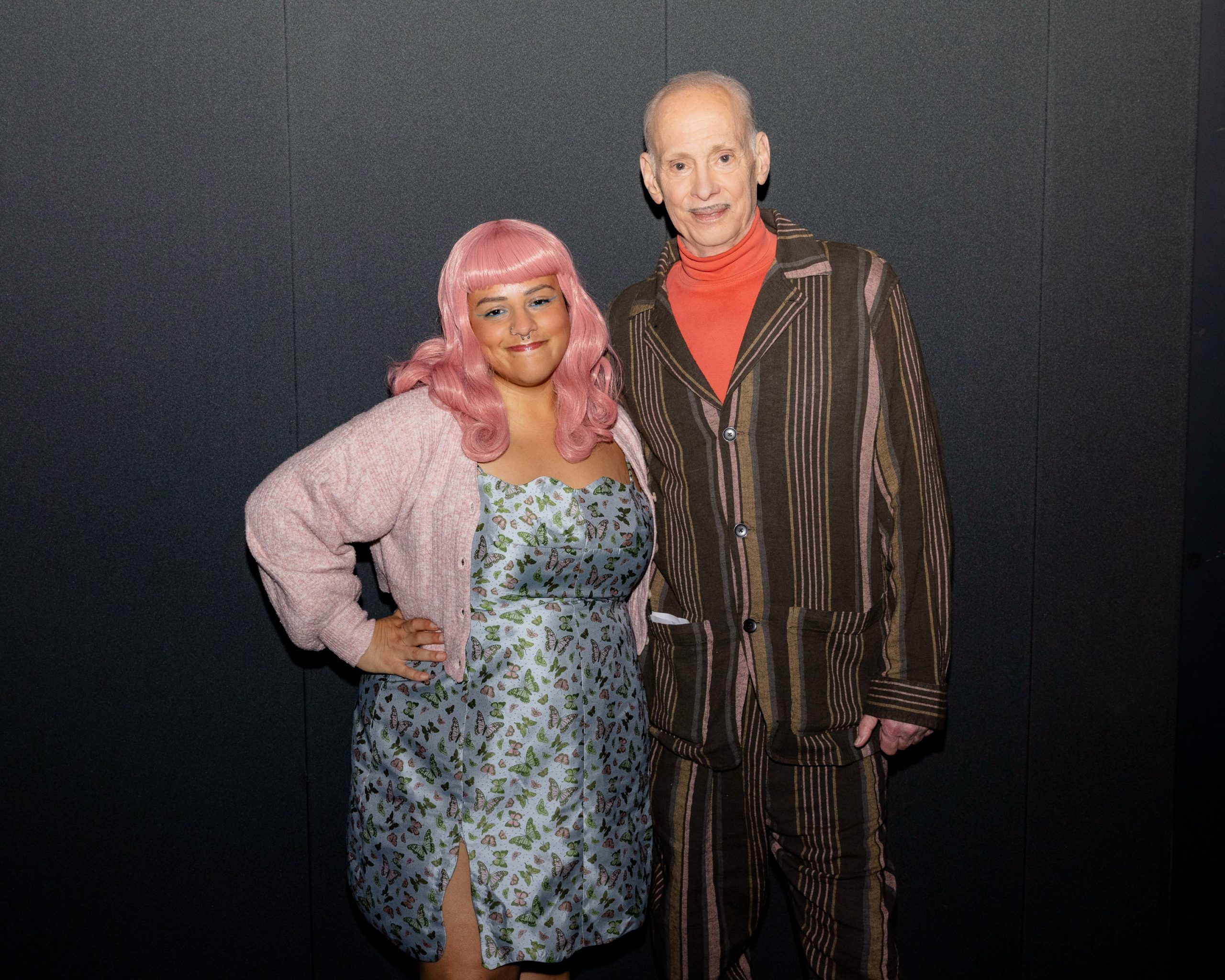


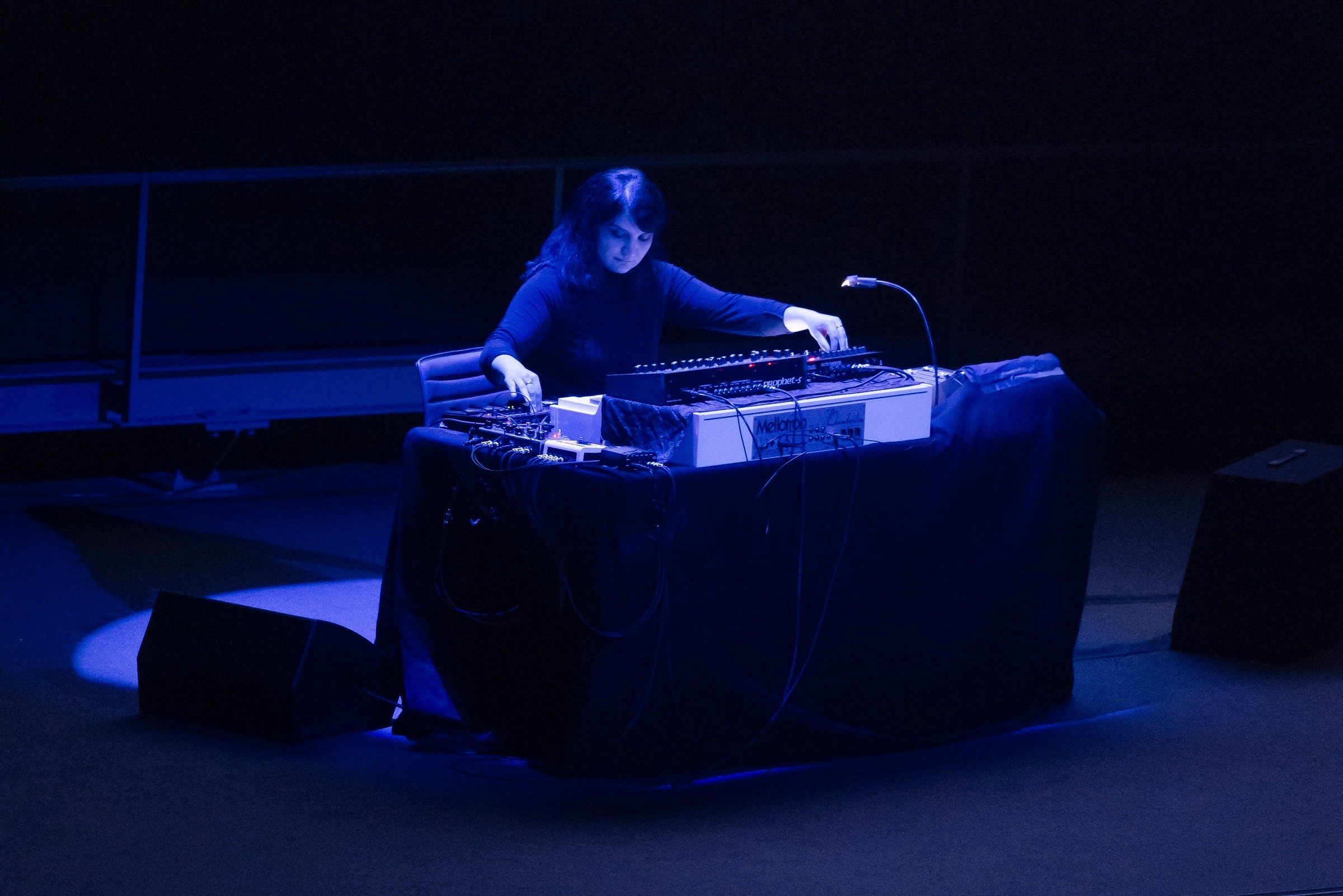
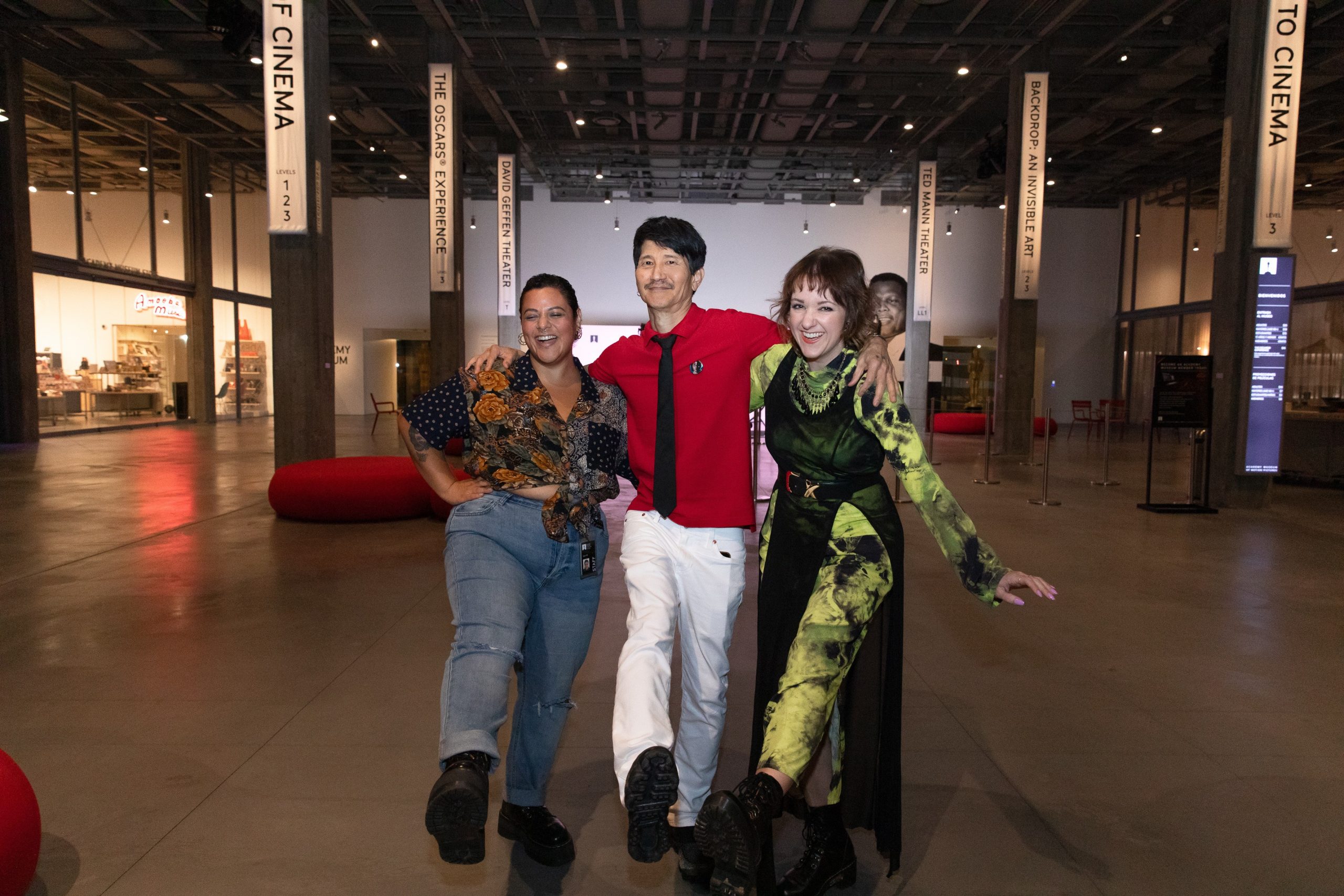
Image Credits
Gregg Araki
Maria Quiroga
Randy Shropshire


